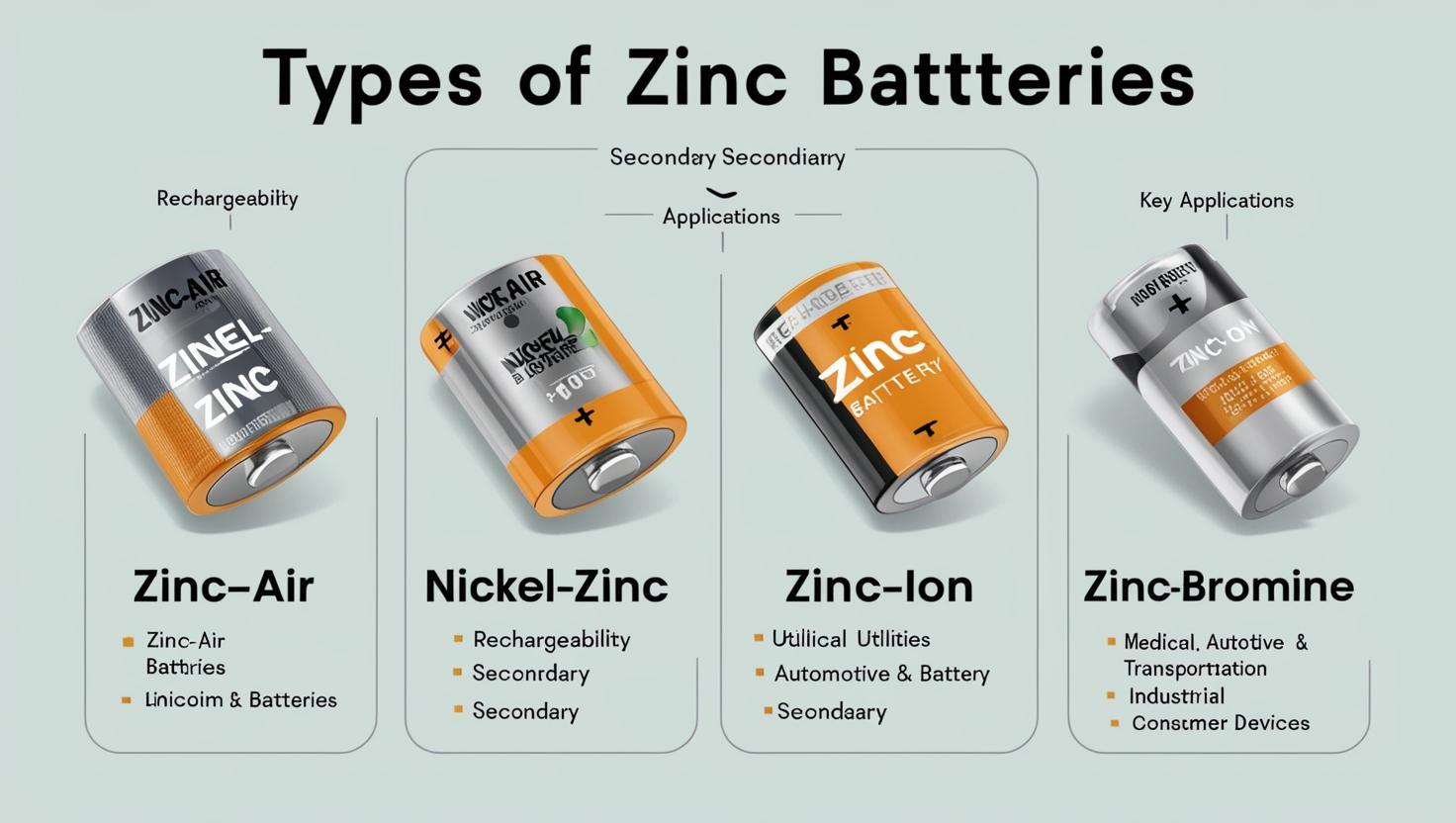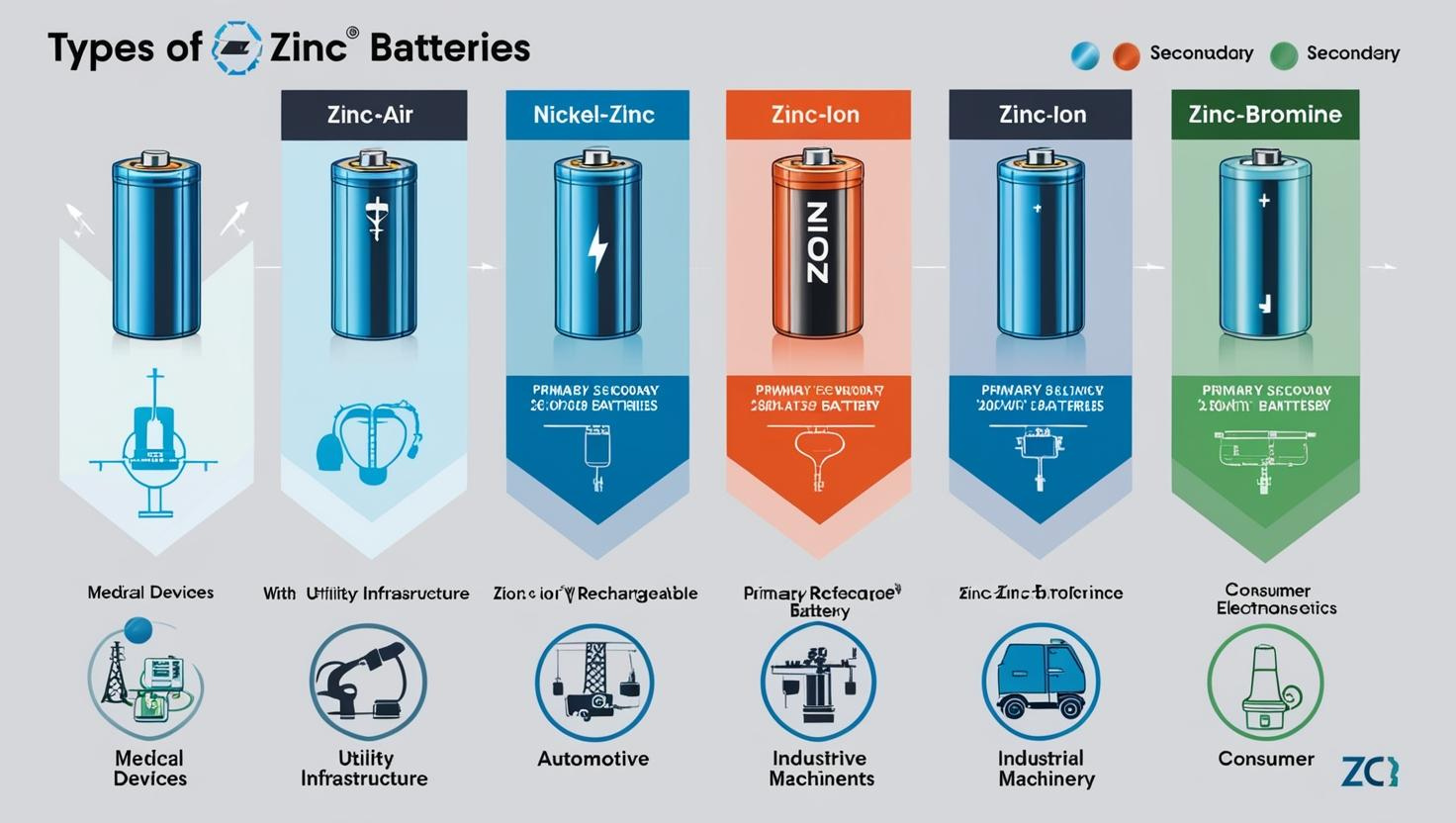The global battery industry is undergoing a transformation, with growing emphasis on sustainability, cost-effectiveness, and safety. Zinc-based batteries are emerging as a promising alternative to conventional lithium-ion solutions, offering unique advantages such as abundance, non-toxicity, and lower environmental impact. As industries look for reliable and scalable energy storage solutions, the zinc battery market is set to experience significant expansion over the next decade.
Download PDF Brochure @ https://www.marketsandmarkets.com/pdfdownloadNew.asp?id=171978019
Market Growth Drivers
- Rising Demand for Sustainable Energy Storage
With the rapid adoption of renewable energy sources such as solar and wind power, the need for efficient and durable energy storage solutions has never been greater. Zinc batteries provide a safe and cost-effective option for grid storage, allowing utilities to store and distribute power efficiently. Their long lifespan and ability to operate in extreme conditions make them an attractive alternative to lithium-based technologies.
- Increasing Use in Consumer and Industrial Applications
Zinc batteries are gaining traction in consumer electronics, medical devices, and industrial applications due to their reliability and safety features. Unlike lithium-ion batteries, zinc batteries pose minimal risk of overheating or combustion, making them ideal for critical applications such as medical implants, wearable technology, and remote sensors.
- Government Policies and Environmental Regulations
Governments and regulatory bodies worldwide are promoting sustainable battery solutions through incentives, research funding, and stricter regulations on hazardous materials. Zinc batteries, being non-toxic and highly recyclable, align with these environmental policies, further boosting their market adoption.
Emerging Technologies in Zinc Batteries
- Zinc-Air Batteries
Zinc-air technology is gaining attention due to its high energy density and cost-effectiveness. These batteries use oxygen from the air as a reactant, reducing material costs and enhancing efficiency. Research is currently focused on improving their rechargeability to make them viable for electric vehicles (EVs) and large-scale energy storage.
- Zinc-Ion Batteries
Zinc-ion batteries are emerging as a safer and more environmentally friendly alternative to lithium-ion batteries. They offer high efficiency, long cycle life, and improved stability, making them suitable for applications ranging from consumer electronics to grid storage. Ongoing research aims to optimize electrode materials to enhance performance and scalability.
- Solid-State Zinc Batteries
Solid-state zinc batteries eliminate the risks associated with liquid electrolytes, improving safety and durability. These batteries are expected to play a critical role in industries requiring robust and reliable power solutions, such as aerospace, defense, and industrial automation.
Industry Forecast and Key Players
Market Projections
The Global Zinc Battery Market size is estimated to be USD 1.0 billion in 2024 and is projected to reach USD 2.0 billion by 2029, growing at a CAGR of 13.6% during the forecast period from 2024 to 2029, driven by advancements in battery chemistry, increasing investments in renewable energy, and rising adoption across various industries. Analysts predict that improvements in energy density and cost reductions will further accelerate market penetration.
Leading Companies
Several key players are investing in zinc battery technology to capitalize on its growing demand. Notable companies include:
- ZincFive, Inc. – Specializing in nickel-zinc battery solutions for mission-critical applications.
- Eos Energy Enterprises – Developing zinc-based energy storage systems for the grid and industrial sectors.
- Urban Electric Power – Innovating rechargeable zinc-manganese dioxide battery technology.
- ZAF Energy Systems – Advancing high-performance zinc-based battery solutions for commercial and defense applications.
The zinc battery market is on a promising growth trajectory, driven by technological advancements, sustainability trends, and increasing demand for safe and cost-effective energy storage solutions. As innovations continue to enhance battery performance and scalability, zinc-based technologies are expected to play a crucial role in shaping the future of energy storage. Investors, manufacturers, and policymakers should closely monitor this evolving landscape to capitalize on emerging opportunities.


